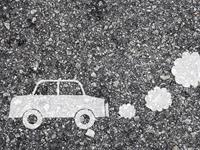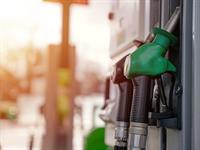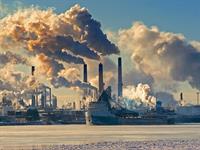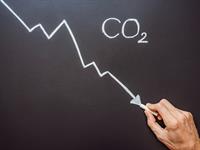PIRMĀ SEMESTRA NOSLĒGUMA TESTI
Comparing the environmental impact of different transport modes.
How to use There is / There are + Quantifiers?
Revise what have you already learnes about There is and There are!
When we use There is/there are and quantifiers?
There is and There are are used to talk about the existence of something.
Quantifiers tell us how much or how many of something there is. Examples include: some, many, a lot of, few, little, any.
Quantifiers tell us how much or how many of something there is. Examples include: some, many, a lot of, few, little, any.
When do we use it?
1. To describe what exists in a place or situation.
2. To compare quantities of different things.
1. To describe what exists in a place or situation.
2. To compare quantities of different things.
How to form it?
1. Singular
There is + singular noun (e.g., There is a vehicle.)
Quantifier + noun (e.g., There is some pollution.)
2. Plural
There are + plural noun (e.g., There are many emissions.)
Quantifier + noun (e.g., There are a few eco-friendly options.)
Piemērs:
Today, many people look for alternative ways to travel to reduce the impact on the environment. There is some pollution caused by vehicles, especially those that use traditional fuel. There are many emissions from cars and buses, which harm the air. An eco- friendly option is to use sustainable transportation, like cycling or electric vehicles. There is little pollution from bicycles, and they are eco-friendly. However, there are a lot of vehicles on the roads, and this increases pollution. To reduce the impact, some people choose alternative modes of transport, like trains or walking. There are few options that are completely eco-friendly, but we can try to use more sustainable choices. When planning a trip, it’s helpful to check the location and directions to find the best route. There is a map that shows different routes, helping travelers choose the most environmentally friendly way.
Word bank:

Alternative — [ɔːlˈtɜːnətɪv] — another option or choice, alternatīvs
Example: Many cities are looking for alternative ways to reduce traffic, such as bike-sharing programs.

Environment — [ɪnˈvaɪrənmənt] — the natural world around us, vide
Example: Protecting the environment is important for the health of future generations.

Emission — [ɪˈmɪʃən] — a gas or substance released into the air, izmeši
Example: Cars that run on electricity produce no harmful emissions.

Eco-friendly — [ˌiːkəʊ ˈfrɛndli] — not damaging to the environment, videi draudzīgs
Example: Using reusable bags is an eco-friendly choice that helps reduce waste.

Fuel — [fjuːl] — a substance used to produce energy, like petrol or diesel, degviela
Example: Many vehicles still rely on petrol or diesel fuel to operate.

Impact — [ˈɪmpækt] — the effect or change caused by something, ietekme
Example: The construction project had a positive impact on the local economy.

Picture 1.
Pollution — [pəˈluːʃən] — harmful substances in the environment, piesārņojums
Example: Industrial factories are a major source of pollution in the city.

Reduce — [rɪˈdjuːs] — to make smaller or less, samazināt
Example: We should reduce our use of plastic to help protect the oceans.

Vehicle — [ˈviːɪkəl] — a machine used for transporting people or goods, transports
Example: There are many types of vehicles, including cars, buses, and bicycles.

Sustainable — [səˈsteɪnəbl] — not harmful to the environment; able to continue long-term, ilgtspējīgs
Example: Solar energy is a sustainable source of power that doesn't harm the environment.
Atsauce:
Picture 1. Dennis MacDonald / Shutterstock